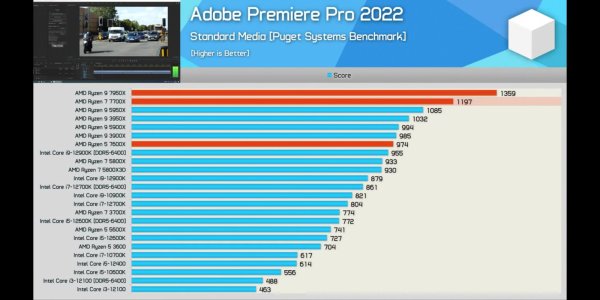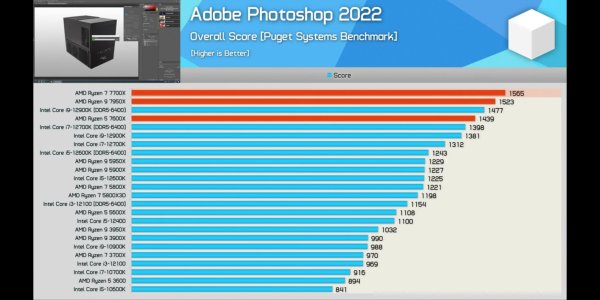Randall Stephens
[H]ard|Gawd
- Joined
- Mar 3, 2017
- Messages
- 1,819
Well so dumb question, and not just addressed to you, if you have an onboard GPU, can you actually turn off the PCIE GPU down to some ridiculously low power state and run off the onboard for most things, then have windows wake up the GPU for 3d workloads?Generally, you get better overclocking headroom on the KS models because of the slight differences in voltage and thermals, but I agree.
![[H]ard|Forum](/styles/hardforum/xenforo/logo_dark.png)


